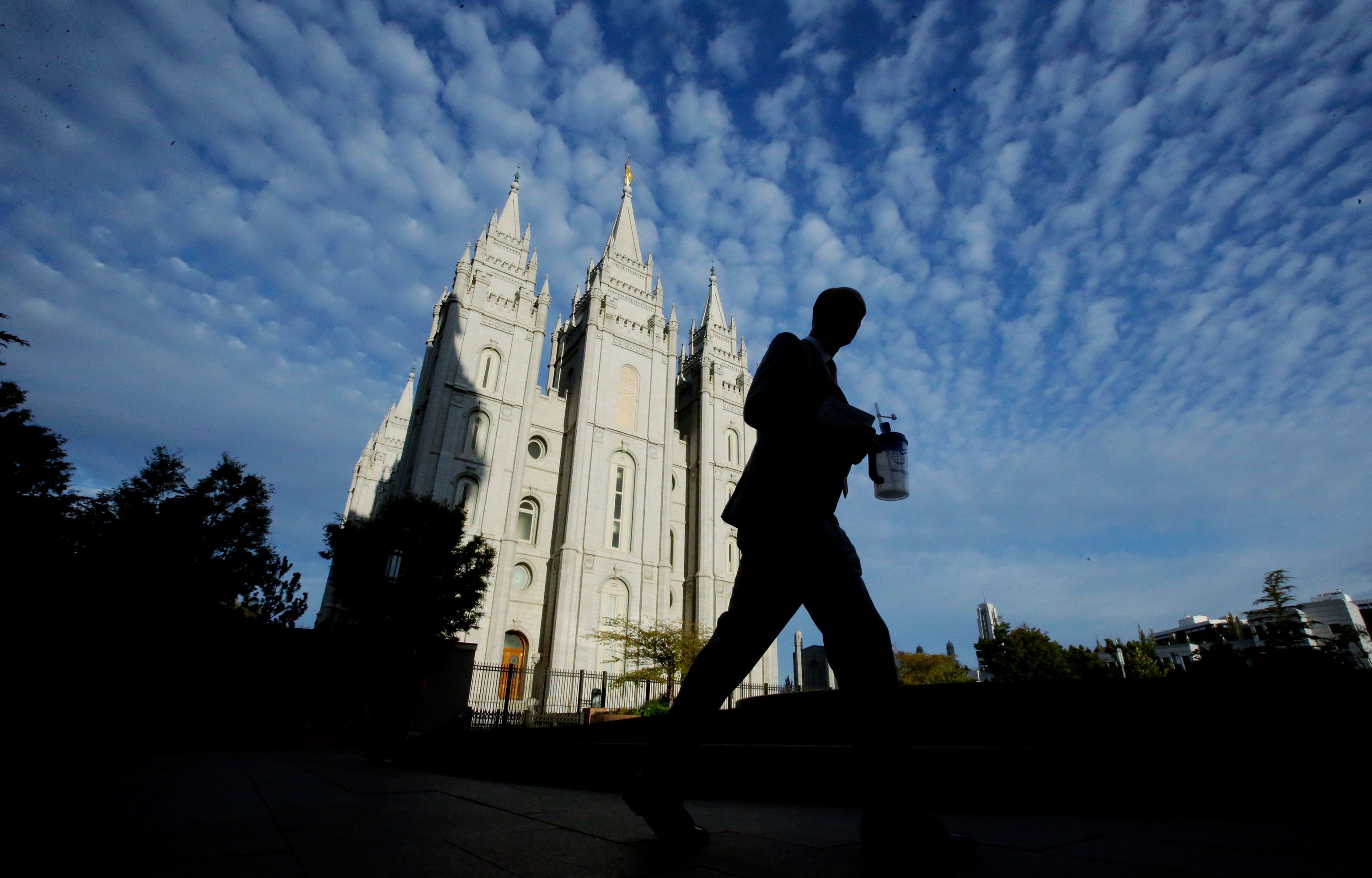The Church of Jesus Christ of Latter-Day Saints is also known as the Mormon Church – has a complicated story of race relations. This article will offer an accurate account of how Black individuals were historically treated in the Mormon Church. We will look at the policies that were enforced, and the Church’s transition to abandon previous beliefs and racist practices.
Blacks in Mormonism – Historical Overview
Between 1852 and 1978, the Mormon Church issued a decree that prohibited blacks in Mormonism to be ordained priests. This was due to religious interpretations of scripture and the race-based beliefs at the period. Black individuals were disqualified from certain rites and responsibilities within the Church, which led to discrimination in the Mormon community. It is essential to understand that this discriminatory act wasn’t solely related to Mormonism. Instead, it revealed racial biases commonplace in American culture during that period.

Mormon Black Peoples, the 1978 Revelation
1978 was the turning point of the Mormonism’s history. Spencer W. Kimball was the head of the Church at the time and was given a “divine revelation” concerning the exclusion from the priesthood of Black people. The revelation was considered to be an important event that reaffirmed the policy that was in place for more than 100 years. The Church of Jesus Christ of Latter-Day Saints has confirmed that Black people are now able to hold the priesthood and participate fully with all aspects of the Church.
The Church today rejects the racism of some ideologies while also encouraging unity and inviting everyone to be a part of Jesus Christ, regardless of race. The doctrine is now announcing the equality of all individuals by stating that God will accept everyone regardless of race, gender or social class.
Joseph Smith’s Fair Treatment of Black Individuals
Joseph Smith, founder of the Mormon Church despite the racial prejudices of the time He displayed a compassionate and fair treatment of Black people. Historical records indicate that Joseph Smith ordained some Black men to the priesthood in his lifetime. Smith’s belief in equality and inclusion within the Church were evident in this practice. However, the leaders who followed implemented policies restricting Black individuals from the priesthood, reflecting the evolving social attitudes towards race in the mid-19th century. For more information, click Mormon Black People
Affronting Racism and moving Towards Unity
The Church of Jesus Christ of Latter-Day Saints has taken significant actions to fight racism and encourage unity within its members. The Church has made statements that have renounced past racial beliefs. They emphasize that racism, in any form, is against the doctrines and core doctrines the Church.
The Church actively promotes respect, love and understanding among its many members, and affirms their importance and worth. Members are educated about value of and the rejection of prejudiced views, as well being aware of cultural diversity, inclusivity and sensibility.
You can also read our conclusion.
Understanding the history of Blacks in Mormonism and the Church of Jesus Christ of Latter-Day Saints the evolution of dealing with issues of race is critical for fostering unity and equality. The Church’s history of trauma is apparent in a doctrine which for a long time prohibited Blacks from ordination to the priesthood. The announcement of 1978 however, was a crucial moment that signaled an acceptance of equality and inclusion.
The current stance of the Mormon Church rejects racism, recognizes equality, and calls for a sense of love and respect among the members of the Church. By addressing historical biases against race and taking steps in the direction of progress towards equality, the Mormon Church is moving toward understanding and unity.
